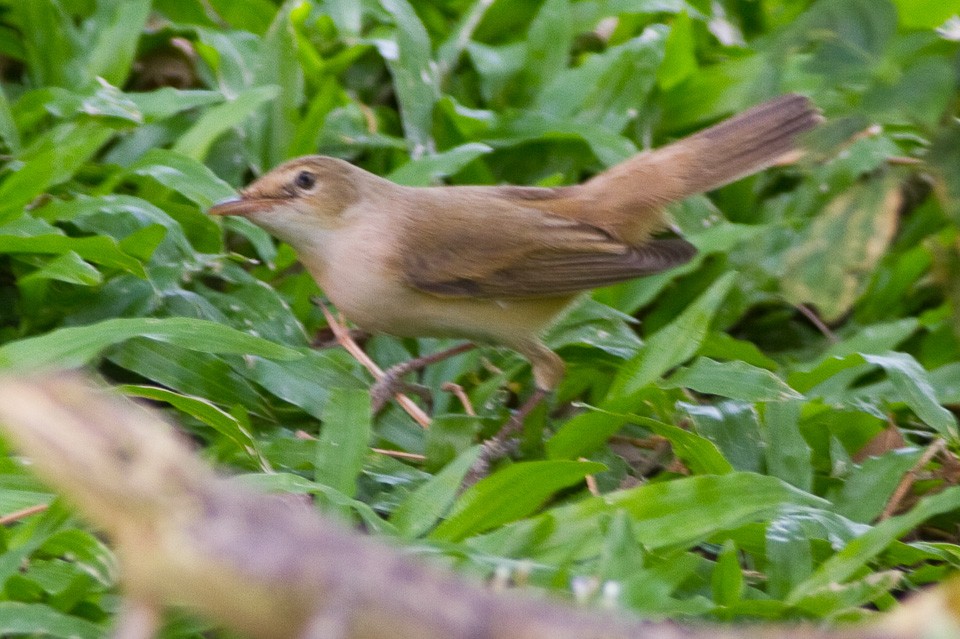Western Olivaceous Warbler
A species of Iduna Warblers Scientific name : Iduna opaca Genus : Iduna Warblers
Western Olivaceous Warbler, A species of Iduna Warblers
Botanical name: Iduna opaca
Genus: Iduna Warblers
Content
Description General Info
 Photo By Ron Knight from Seaford, East Sussex, United Kingdom , used under CC-BY-2.0 /Cropped and compressed from original
Photo By Ron Knight from Seaford, East Sussex, United Kingdom , used under CC-BY-2.0 /Cropped and compressed from original Description
The western olivaceous warbler, also known as isabelline warbler, (Iduna opaca) is a "warbler", formerly placed in the Old World warblers when these were a paraphyletic wastebin taxon. It is now considered a member of the acrocephaline warblers, Acrocephalidae, in the tree warbler genus Iduna. It was formerly regarded as part of a wider "olivaceous warbler" species, but as a result of modern taxonomic developments, this species is now usually considered distinct from the eastern olivaceous warbler, Iduna pallida. It is a small passerine bird, found in dry open country, including cultivation, with bushes or some trees. 2-3 eggs are laid in a nest in low in undergrowth or a bush. Like most warblers, western olivaceous warbler is insectivorous. It is a medium-sized warbler, more like a very pale reed warbler than its relative the melodious warbler. The adults have a plain pale brown back and whitish underparts. The bill is strong and pointed and the legs grey. The sexes are identical, as with most warblers, but young birds are more buff on the belly. It has a characteristic downward tail flick. Western olivaceous warbler breeds in Iberia and north Africa. It is migratory, wintering in sub-Saharan Africa. It is a rare vagrant to northern Europe. Western olivaceous warbler is larger and has a browner tinge to the upperparts than eastern olivaceous warbler. It also has a larger bill. The song is a fast nasal babbling. 
Size
15 cm
Nest Placement
Shrub
Feeding Habits
Western Olivaceous Warbler primarily consumes insects and spiders, including dragonflies, moths, butterflies, and ants, as well as beetle and butterfly larvae in summer. It also eats fruits towards summer's end. Western Olivaceous Warbler forages energetically high in the canopy, searching leaves and twigs and varies foraging heights during migration.
Habitat
Western Olivaceous Warbler typically inhabits a variety of environments with dense vegetation, including gardens, parks, riverine forests, and bushy lakesides. It favors habitats that offer a mix of open areas and woods with ample undergrowth, avoiding closed forests. This species thrives in places with both high, dense trees and proximity to water, often found in maquis as well as orchards and plantations.
Dite type
Insectivorous
General Info
Feeding Habits
Bird food type

 Photo By Ron Knight from Seaford, East Sussex, United Kingdom , used under CC-BY-2.0 /Cropped and compressed from original
Photo By Ron Knight from Seaford, East Sussex, United Kingdom , used under CC-BY-2.0 /Cropped and compressed from original Scientific Classification
Phylum
Chordates Class
Birds Order
Perching birds Family
Reed warblers Genus
Iduna Warblers Species
Western Olivaceous Warbler